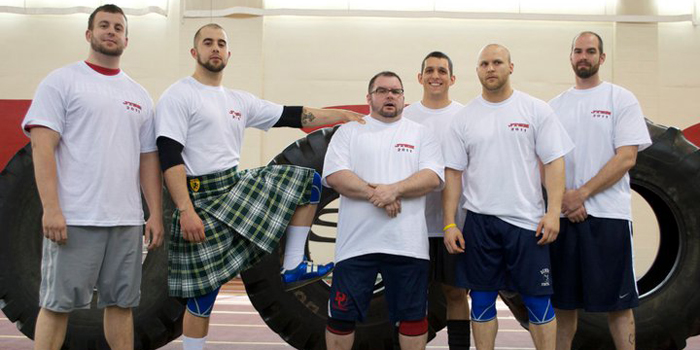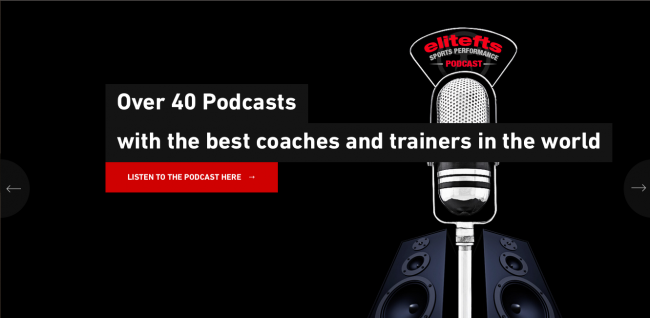
DEATH BY MEETING
Yet another Patrick Lencioni book which has been so influential to me. I want to eventually write about his newest book, The Advantage which is one of the few books he's written without a fable. Lencioni to me has bridged the gap from theoretical to practical as well as anyone.
Bobby Bowden talked about how he hated meetings. Just like Paulie hated meetings in the movie Goodfellas. Some feel they are a waste of time. Especially in this day and age of technology, meetings almost seem obsolete in the traditional sense.
We have all been a part of meetings where we dreaded them because we felt they were unproductive. Most coaches don't mind meetings if they are accomplishing a task and have collaborative communication.
All meetings need to have an agenda and everyone leaving the meeting should have a sense of both accomplishment and purpose. Lencioni had listed two distinct aspects that are missing from meetings to make people hate them:
Drama
Most meeting lack drama. Meetings should be engaging and should cultivate some healthy conflict. Whether it is different viewpoints or a major obstacle, drama keeps the participants focused and committed.
Context and Purpose
Two major questions of meetings that everyone involved should have answered are:
1.) Why are we having this meeting?
2.) What is expected of me for this meeting?
Death by Meeting is another fable where the character compares meetings to television. Lencioni talked about 4 different types of meetings. More importantly are the contxt and purpose of those meetings and how they fit into the time allowed and the setting. Mixing these up is another huge mistake by managers.
Everyone who sees the book Death By Meeting or even just the title automatically assumes that Lencioni's stance is anti-meeting. Nothing could be further from the truth. He concludes people don't hate meetings, they hate bad meetings. His stance to to meet more and more importantly, meet with intention.
Types of Meetings
1. The Daily Check-in (think TV commercial)
2. The Weekly Tactical (think series)
3. The Monthly Strategic (think movie)
4. The Quarterly Review (think mini-series)
4 Pronged Meeting Approach for Strength Coaches
How does this apply for a sports performance staff?
1. Daily - Check-In
This is simply an informal discussion about the day's schedule and set-up for each group. This can even be during a coaches training session.
2. Weekly - Tactical
This meeting typically would involve the weeks schedule, intern education for the week, travel, and some programming adjustments for that week. This is usually done on a Monday for obvious reasons.
3. Monthly - Strategic
These meetings would involve more programming and curriculum. Various training methodologies, changes in seasons, injured athlete protocols, and administrative reminders all fall in this category. Feedback and more conversations about the "why" as much as the "how" start to happen.
4. Quarterly - Review
For S&C Staffs, this happens more at the beginning of each semester and summer. This may not have to be off-site, although I feel retreats can be extremely productive. This is the time for intern orientation, review all programming for the year, testing and evaluation procedures, sport coach introductions, weight room policies, and team assignments.
THE TWO Cs FOR EVERY STAFF MEETING
After watching a video of Lencioni talking about the Death by Meeting Model, it really hit home for me because I do much better with meetings than most and I agree with the reasoning of this model. I don't do well with e-mails and like any other forms or written communication, the non-verbal cues are non-existent.
Conflict
The first C that is a must for every staff meeting is conflict. Most meetings are boring and the attendees never gain an emotional attachment to the subject matter.
The most important part of any meeting, much like a movie, book, or presentation, is the beginning. Starting a meeting by engaging its participants is essential. The meeting needs to give the participants a reason to care.
Lencioni gave an example about how to take a dull concept and adapt it to make it interesting. Lencioni give an example of a budget meeting and how to increase the interest of the participants. This is done mostly by encouraging attendees take personal stock in the conflict under the assumption the team will ask, "What's in it for me?"
Staff meetings can be a drag but a few things you can do as the head coach or AD is to preface the meeting by relating to:
1.) How important the meeting is by how the decision made will effect the department.
2.) How this meeting will add clarity to future decisions of the department.
3.) How this meeting will enable the the organization to gain an advantage over its competition.
4.) The repercussions of not meeting and the future issues it can cause.
Bottom line is, coaches want tension in a meeting. Coaches rally around conflict and thrive on voicing their opinion and solving problems. Coaches excel in fast-tempo stressful situations. Don't avoid conflict in meetings. If you have trust amongst your staff, then healthy conflict will be essential.
Context
Lencioni warns against having a pre-organized agendas. When the head coach provides an agenda for the meeting, he doesn't factor in the issues that the assistant have. By following an agenda that none of the coaches are interested in, it aids to a disconnect.
At the same token, when assistants contact the head coaches ahead of time and ask to have a particular subject added to the agenda; this poses another problem. This agenda item is brought up at the meeting by one participant and there is a good chance only that person has a vested interest in it. That person usually doesn't listen and just waits for their agenda item to come up.
So how do you ensure you have a purpose and ensure that all agenda items have context? And, without agenda items provided, how does the meeting stay on track? Here's some advice modified from Lencioni for a weekly tactical meeting:
1. Lighting Round
All department heads (assistant coaches) give a short report (a minute at most) on what they are working on this week. For coaches this could be updating everyone on what their teams are doing in terms of competitions, travel, and schedule changes.
2. Progress Review
This is where important key assessments are brought up. For strength coaches, this is always a tough assignment because the nature of the professions aid to difficulty in evaluating strength coaches. In addition, a lot of assessments are process-based and not outcome-based. This is a good thing in general, but makes it tough to objectively evaluate progress. The key is to determine the characteristics that define success as a strength & Conditioning staff and evaluate it every week.
3. Set the agenda
Only after you get feedback from the staff and you pinpoint areas of concern is when you should set an agenda. This agenda will have more feedback and buy-in from everyone. Even if they do not agree with decisions being made, they will be more supportive because they had an opportunity to state their opinion and give feedback. It is when coaches are never asked their opinion or decisions are made without them is when coaches disengage because "they weren't asked."
Conclusion
I hope this post doesn't come across like I have all the answers. Usually, what I write is derived from mistakes I have made. I am equally as driven to help others as I am humble. Sometimes my words may come across confrontational and that level of hostility is as directed at my "past-self" more than anyone reading. My mistakes become your experience. If you have any advice for making staff meetings more impactful, please share below.
TRAINING
THURSDAY
Tire Flip
- 430 x5
- 430 x3
- 430 x3
supersetted with....
Military Press w/ Bands
- 155 x6
- 155 x4
- 155 x2









